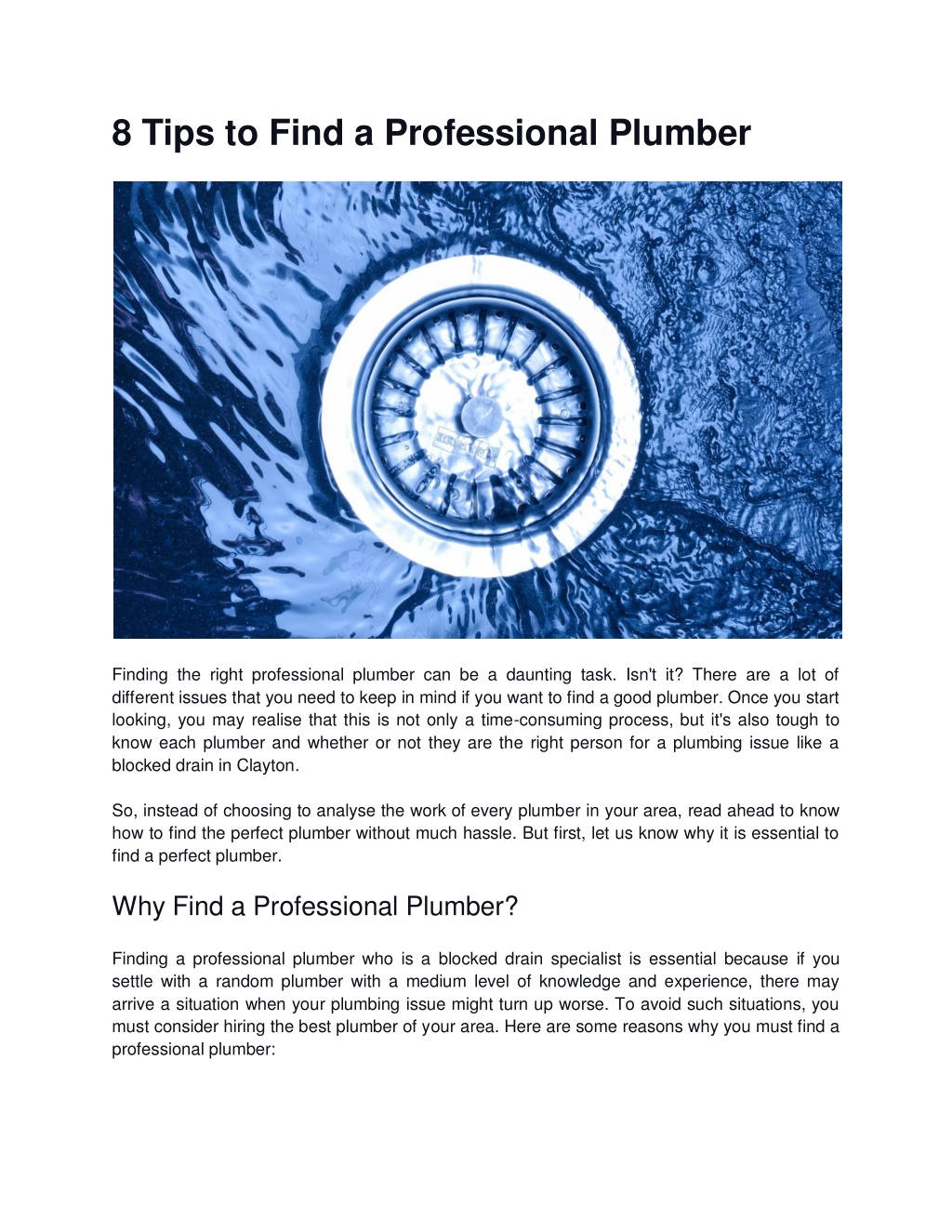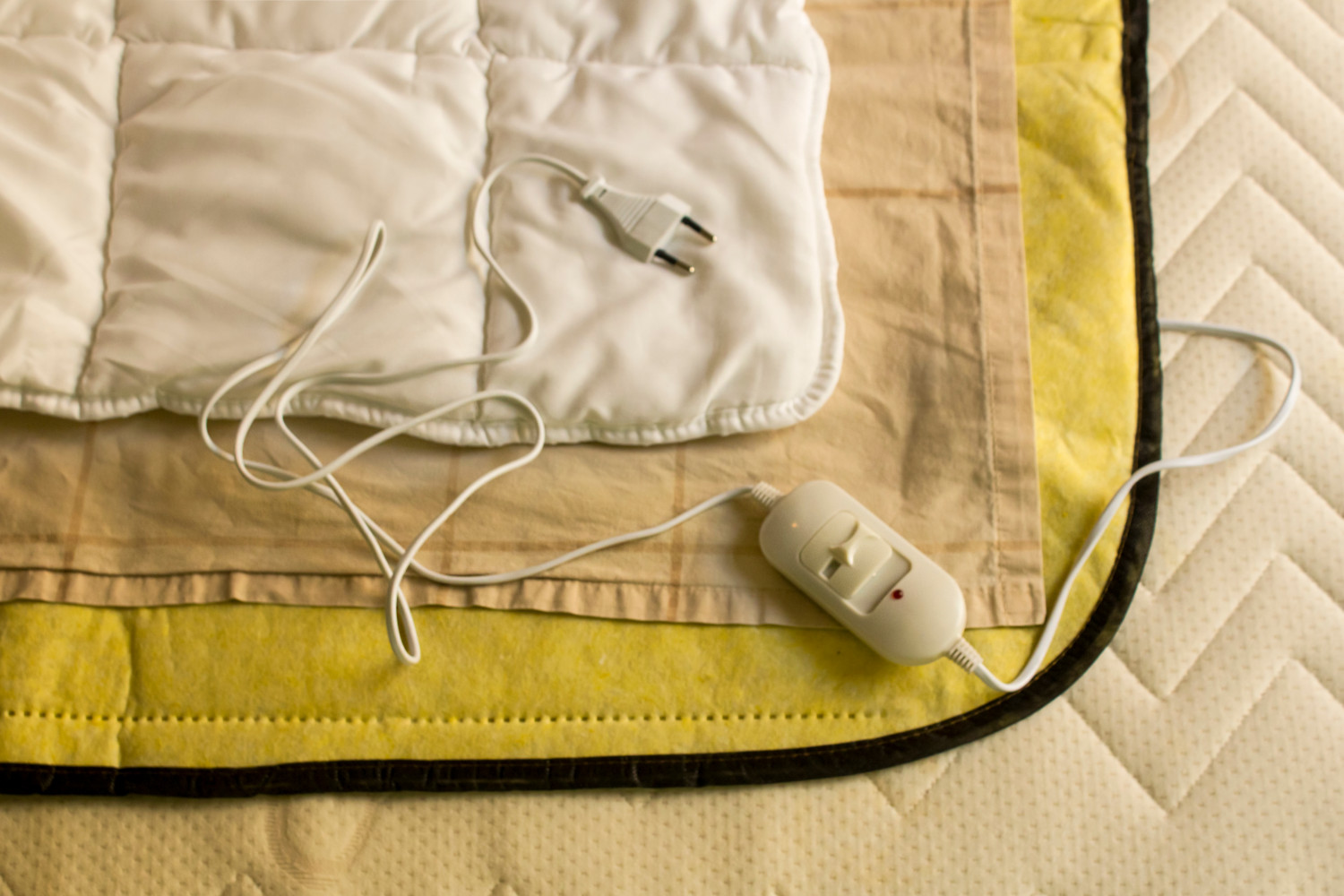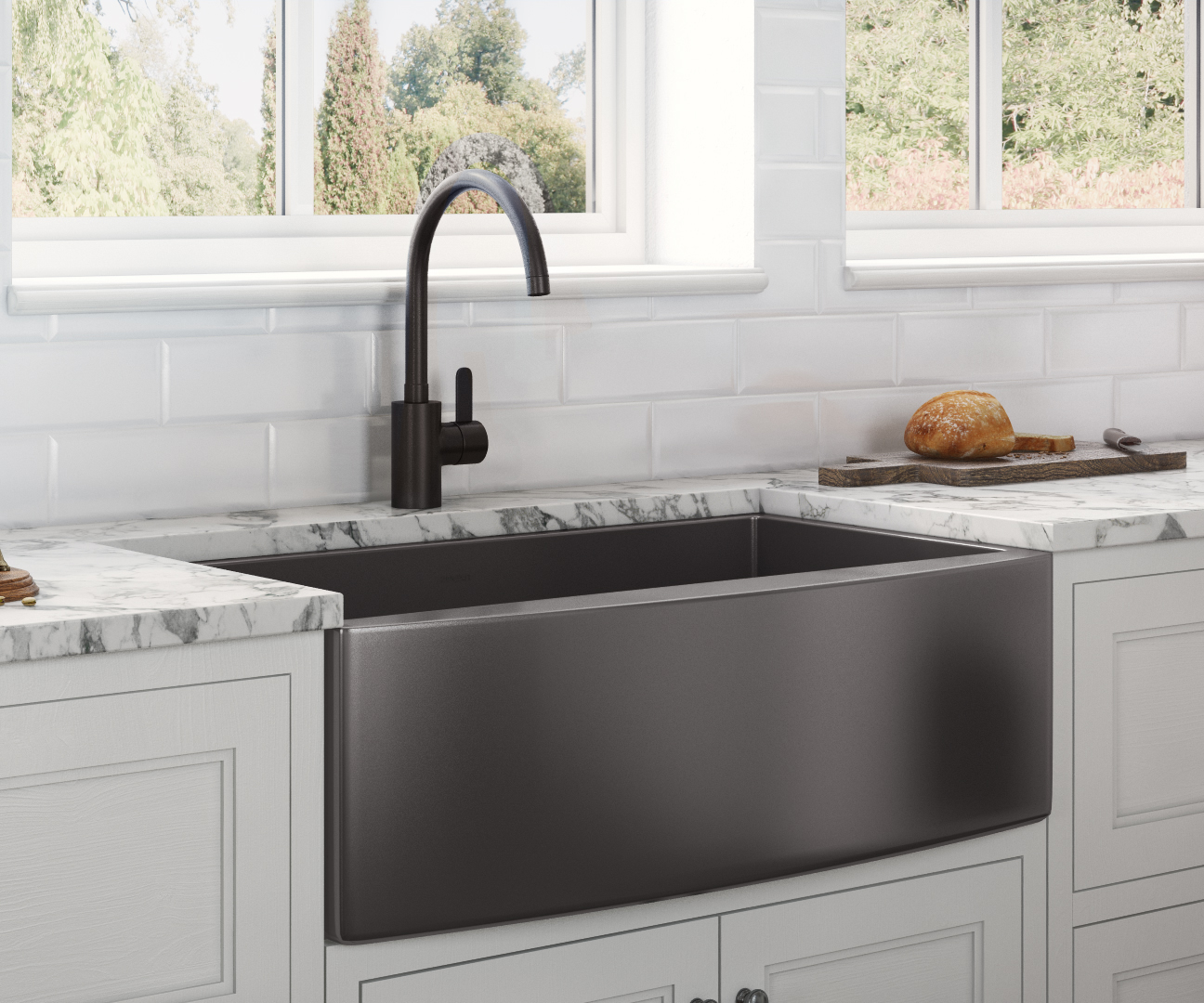If you've ever had a clogged kitchen sink, you know how frustrating it can be. Not only does it disrupt your daily routine, but it can also lead to unpleasant odors and potential water damage. But before you call a plumber and spend a fortune, try using a plunger. This simple tool can often do the trick and unclog your sink in no time. To use a plunger, make sure there is enough water in the sink to cover the rubber part of the plunger. Place the plunger over the drain and push down firmly, then pull up quickly. Repeat this motion a few times until the clog is dislodged. If the water starts to drain, you know you've been successful. Main keyword: unclog kitchen sink1. Use a plunger
If the plunger doesn't work, try pouring boiling water down the drain. This method is most effective for clogs caused by grease or food particles. The hot water can help break down the buildup and allow it to flow down the drain. Make sure to use caution when handling boiling water. You can also add some dish soap to the boiling water for extra cleaning power. Let the water sit for a few minutes before trying to flush the drain with hot water. This method may need to be repeated a few times for stubborn clogs.2. Pour boiling water down the drain
If boiling water doesn't do the trick, try using a combination of baking soda and vinegar. Pour about half a cup of baking soda down the drain, followed by a cup of vinegar. The mixture will start to fizz and bubble, working to break down any buildup in the pipes. Let the mixture sit for about 15 minutes before flushing it with hot water. You can also add some boiling water for extra cleaning power. This method is not only effective but also a natural and chemical-free way to unclog your kitchen sink.3. Use a mixture of baking soda and vinegar
If you have a stubborn clog that won't budge, a drain snake may be your best bet. This tool, also known as a plumbing snake, is a long, flexible wire with a corkscrew-like end. It can reach deep down into your pipes and dislodge any blockages. To use a drain snake, insert the end into the drain and turn the handle clockwise. This will help the corkscrew end catch onto any debris or buildup. Once you feel resistance, pull the snake out and discard any debris. You may need to repeat this process a few times to fully unclog your sink.4. Try a drain snake
If you have a wet/dry vacuum at home, you can also use it to unclog your kitchen sink. This method works best for clogs caused by solid objects, such as utensils or small toys, that are stuck in the pipes. First, switch the vacuum to the wet setting and cover the vent with a cloth to create a seal. Place the end of the vacuum hose over the drain and turn it on. The suction from the vacuum should be strong enough to pull out the object causing the clog.5. Use a wet/dry vacuum
If all else fails, you can try using a chemical drain cleaner. These products contain powerful chemicals that can dissolve any clogs in your pipes. However, they can also be harsh and damaging to your pipes, so use with caution. Make sure to follow the instructions on the product carefully and wear gloves and eye protection. Leave the product in the drain for the recommended amount of time before flushing it with hot water. Remember to use these cleaners sparingly and as a last resort.6. Use a chemical drain cleaner
If you're comfortable with some DIY plumbing, you can try removing and cleaning the P-trap under your sink. The P-trap is a curved pipe that is designed to catch any debris and prevent it from clogging your pipes. Over time, this trap can become clogged itself and may need to be cleaned out. To remove the P-trap, place a bucket or large bowl under the pipes to catch any water. Using a wrench, loosen the slip nuts on either end of the trap and remove it. You can then clean out any debris or buildup and reattach the trap. This method may require some trial and error, but it can be effective for persistent clogs.7. Remove and clean the P-trap
If a drain snake doesn't do the trick, you can also try using a plumbing snake. This tool is similar to a drain snake, but it is larger and more heavy-duty. It may be necessary for more serious clogs or blockages deep in your pipes. Similar to a drain snake, insert the end of the plumbing snake into the drain and turn the handle clockwise. This will help the snake catch onto any debris or buildup. Once you feel resistance, pull the snake out and discard any debris. You may need to repeat this process a few times to fully unclog your kitchen sink.8. Use a plumbing snake
If you prefer to use natural and chemical-free methods, you can make your own drain cleaner at home. One effective recipe is a mixture of salt, baking soda, and vinegar. Mix equal parts salt and baking soda, then pour it down the drain. Follow it with a cup of vinegar and let it sit for about 15 minutes. Flush the drain with hot water to remove any loosened debris. You can also try using a mixture of citrus peels and ice cubes. Simply place the peels and ice cubes down the drain and run hot water over them. The ice will help break down any buildup, while the citrus peels will leave a fresh scent.9. Try a homemade drain cleaner
If all else fails and you're still dealing with a clogged kitchen sink, it may be time to call in the professionals. A skilled plumber will have the tools and expertise to unclog your sink and ensure that your pipes are in good condition. While it may be a bit more expensive, it can save you time and frustration in the long run. Make sure to do your research and hire a reputable plumber with good reviews. You can also ask friends and family for recommendations. A professional plumber can also provide tips and advice on how to prevent future clogs in your kitchen sink. Dealing with a clogged kitchen sink can be a hassle, but with these 10 methods, you can easily unclog it and get back to your daily routine. Remember to use caution when handling hot water and chemicals, and don't hesitate to call a professional if needed. By keeping your kitchen sink clean and well-maintained, you can prevent clogs and ensure your sink is always in good working condition.10. Call a professional plumber
Why Keeping Your Kitchen Sink Unclogged is Essential for a Functional Kitchen

The Kitchen Sink: A Vital Component in House Design
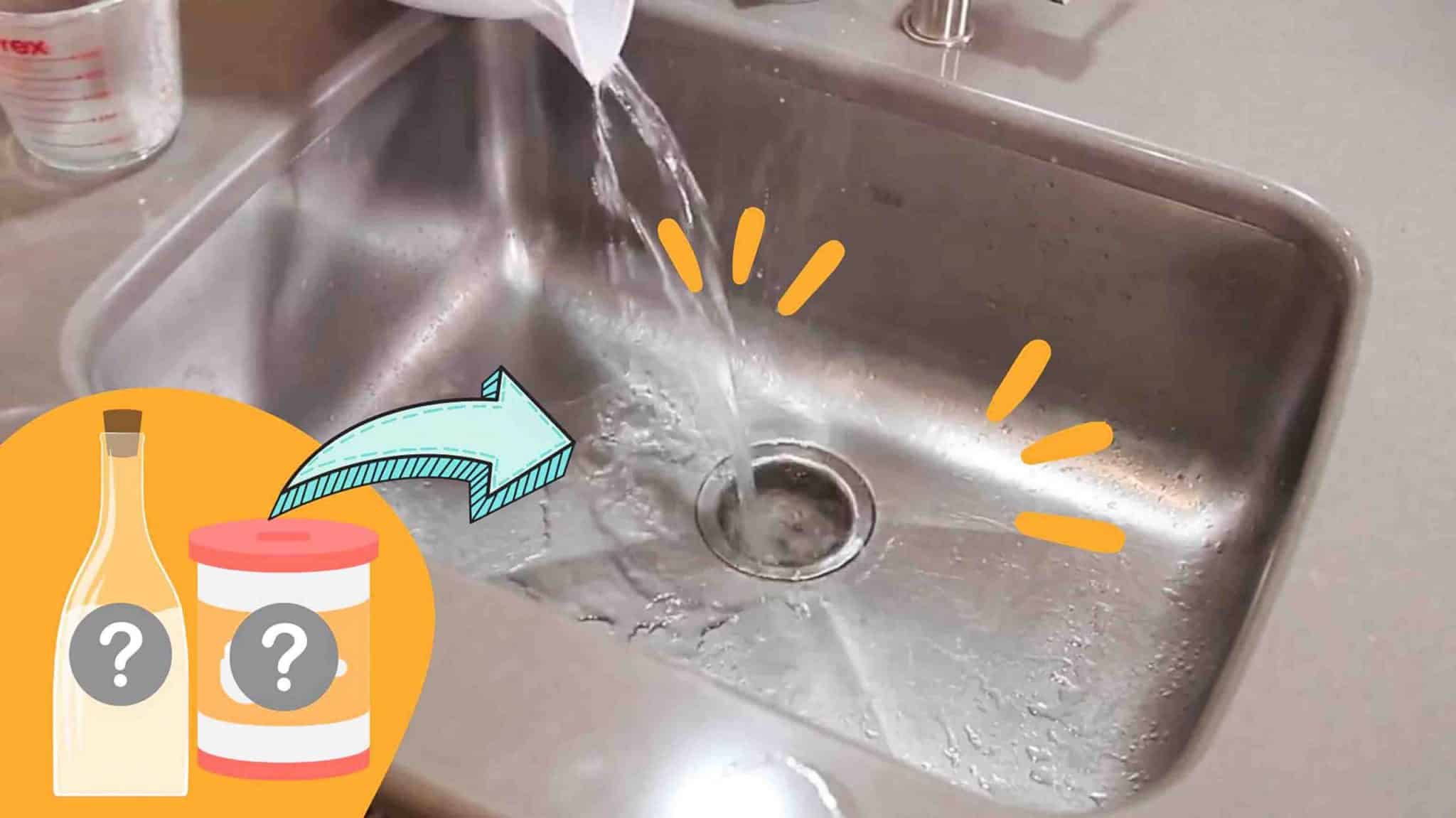 When it comes to house design, the kitchen is often considered the heart of the home. It is where families gather to share meals and create memories, where home chefs experiment with new recipes, and where guests are often entertained. And at the center of it all is the kitchen sink. While it may seem like a simple fixture, the kitchen sink plays a crucial role in the functionality and design of a kitchen. It is where dishes are washed, food is prepared, and water is accessed for cooking and cleaning. However, a clogged kitchen sink can quickly turn this vital component into a frustrating and unpleasant experience.
When it comes to house design, the kitchen is often considered the heart of the home. It is where families gather to share meals and create memories, where home chefs experiment with new recipes, and where guests are often entertained. And at the center of it all is the kitchen sink. While it may seem like a simple fixture, the kitchen sink plays a crucial role in the functionality and design of a kitchen. It is where dishes are washed, food is prepared, and water is accessed for cooking and cleaning. However, a clogged kitchen sink can quickly turn this vital component into a frustrating and unpleasant experience.
The Consequences of a Clogged Kitchen Sink
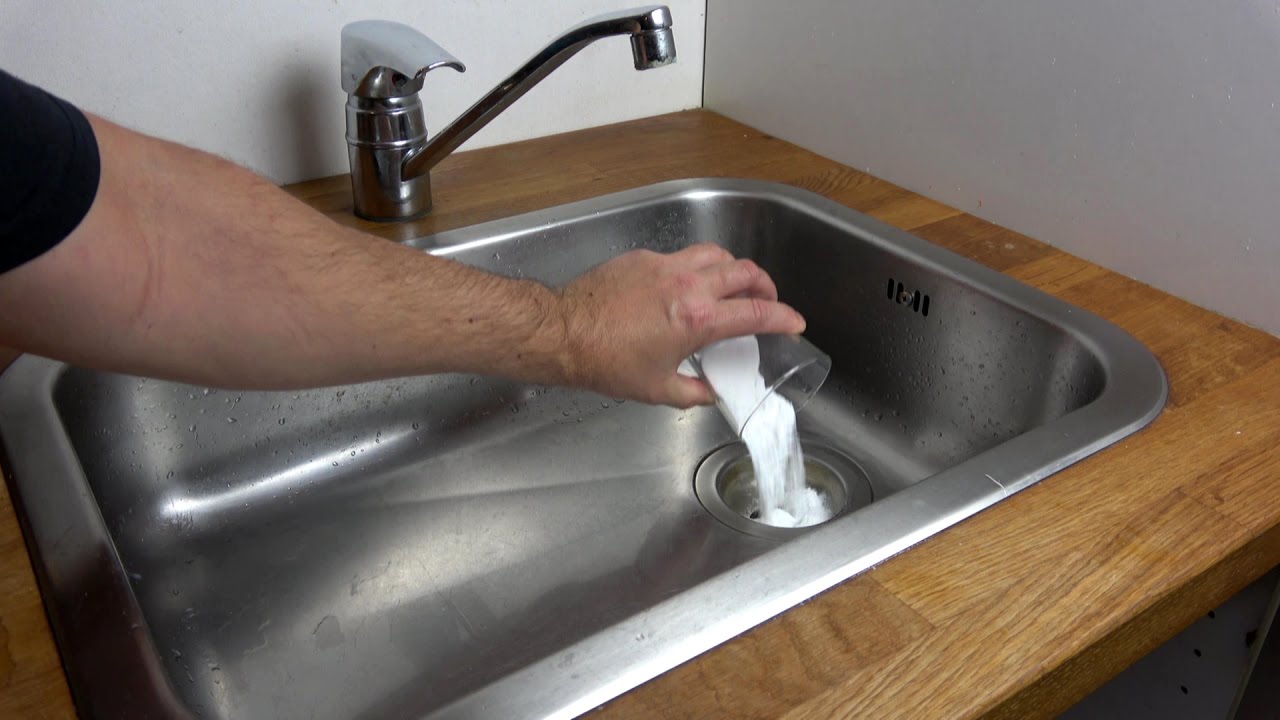 A clogged kitchen sink not only disrupts the flow of daily tasks but can also cause damage to the sink and surrounding areas. When food scraps, grease, and other debris build up in the pipes, it can lead to unpleasant odors, slow drainage, and even complete blockage. This not only affects the functionality of the sink but can also cause leaks and water damage to cabinets and countertops. In addition, a clogged kitchen sink can attract pests and bacteria, creating an unsanitary and unhealthy environment in the kitchen.
A clogged kitchen sink not only disrupts the flow of daily tasks but can also cause damage to the sink and surrounding areas. When food scraps, grease, and other debris build up in the pipes, it can lead to unpleasant odors, slow drainage, and even complete blockage. This not only affects the functionality of the sink but can also cause leaks and water damage to cabinets and countertops. In addition, a clogged kitchen sink can attract pests and bacteria, creating an unsanitary and unhealthy environment in the kitchen.
The Easy Way to Unclog Your Kitchen Sink
 Fortunately, there is a simple and effective way to unclog your kitchen sink. The first step is to
identify the cause of the clog
. This could be anything from food scraps to soap scum to a foreign object accidentally dropped down the drain. Once the cause is determined, you can then
use a plunger to clear the blockage
. Plungers work by creating a vacuum that dislodges the clog and allows it to flow down the drain. If this method doesn't work, you can also
try using a plumbing snake or a homemade mixture of baking soda and vinegar
to break up the clog.
Fortunately, there is a simple and effective way to unclog your kitchen sink. The first step is to
identify the cause of the clog
. This could be anything from food scraps to soap scum to a foreign object accidentally dropped down the drain. Once the cause is determined, you can then
use a plunger to clear the blockage
. Plungers work by creating a vacuum that dislodges the clog and allows it to flow down the drain. If this method doesn't work, you can also
try using a plumbing snake or a homemade mixture of baking soda and vinegar
to break up the clog.
Preventing Future Clogs
 To avoid the hassle and frustration of a clogged kitchen sink,
regular maintenance is key
. Make sure to
scrape food scraps into the trash before washing dishes
and
never pour grease down the drain
. You can also use a
strainer to catch any debris
before it goes down the pipes. It is also recommended to
run hot water down the drain once a week
to help prevent any buildup.
To avoid the hassle and frustration of a clogged kitchen sink,
regular maintenance is key
. Make sure to
scrape food scraps into the trash before washing dishes
and
never pour grease down the drain
. You can also use a
strainer to catch any debris
before it goes down the pipes. It is also recommended to
run hot water down the drain once a week
to help prevent any buildup.
Conclusion
 A properly functioning kitchen sink is essential for a functional and enjoyable kitchen. By taking
preventative measures and knowing how to deal with a clogged sink
, you can keep this vital component of your house design in top shape. So next time you find yourself dealing with a clogged kitchen sink, remember these easy tips to keep the heart of your home running smoothly.
A properly functioning kitchen sink is essential for a functional and enjoyable kitchen. By taking
preventative measures and knowing how to deal with a clogged sink
, you can keep this vital component of your house design in top shape. So next time you find yourself dealing with a clogged kitchen sink, remember these easy tips to keep the heart of your home running smoothly.


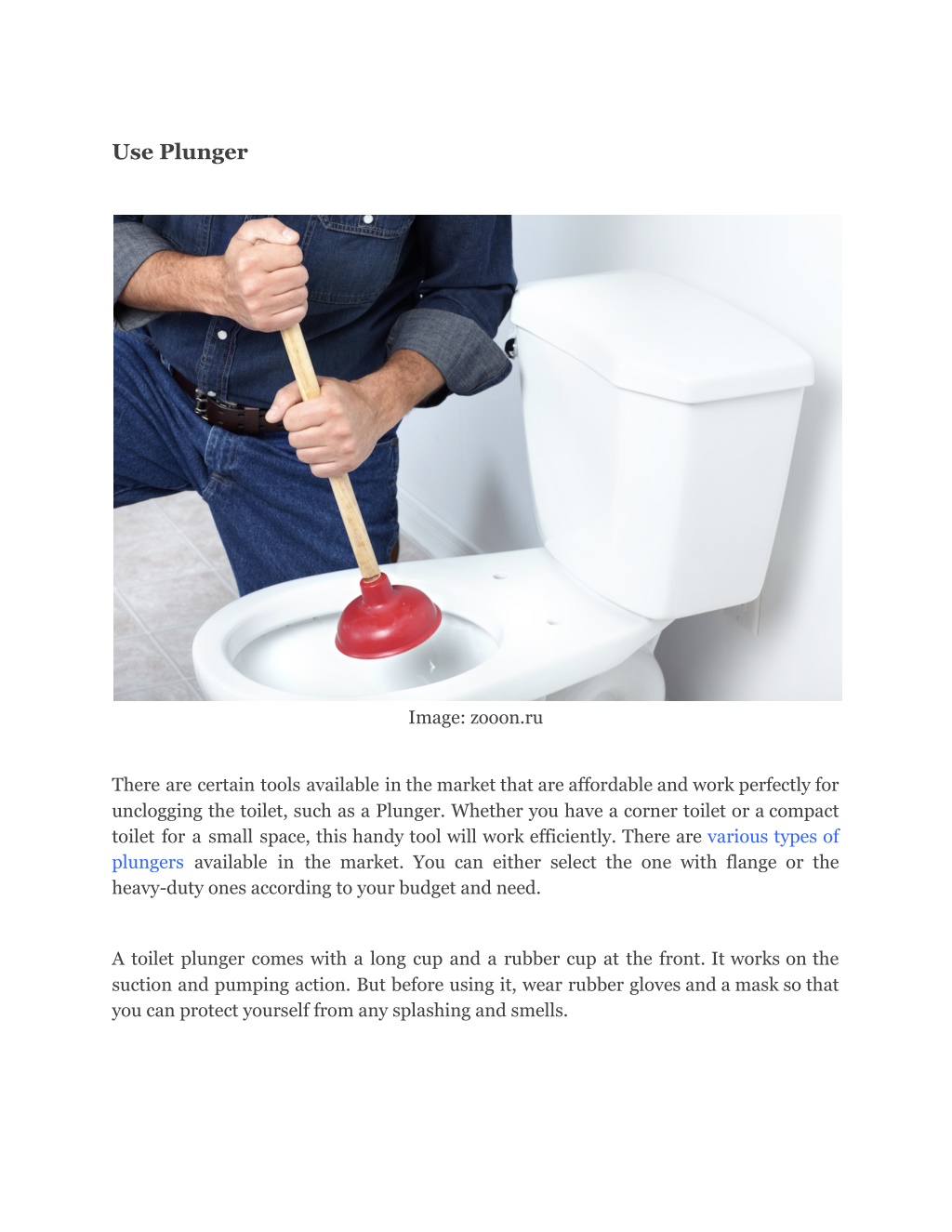
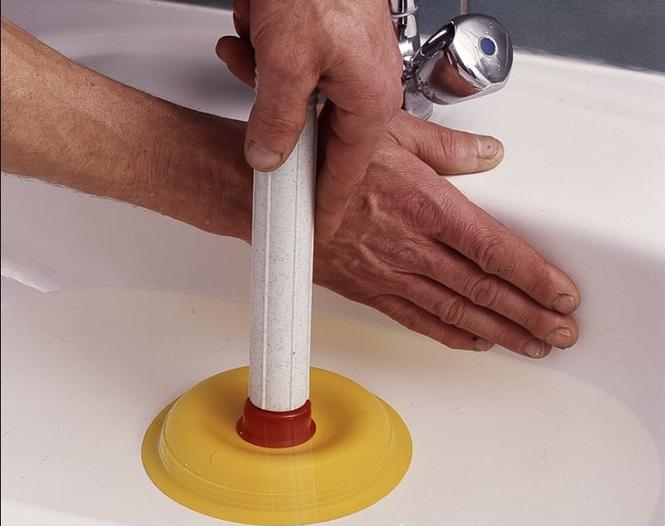

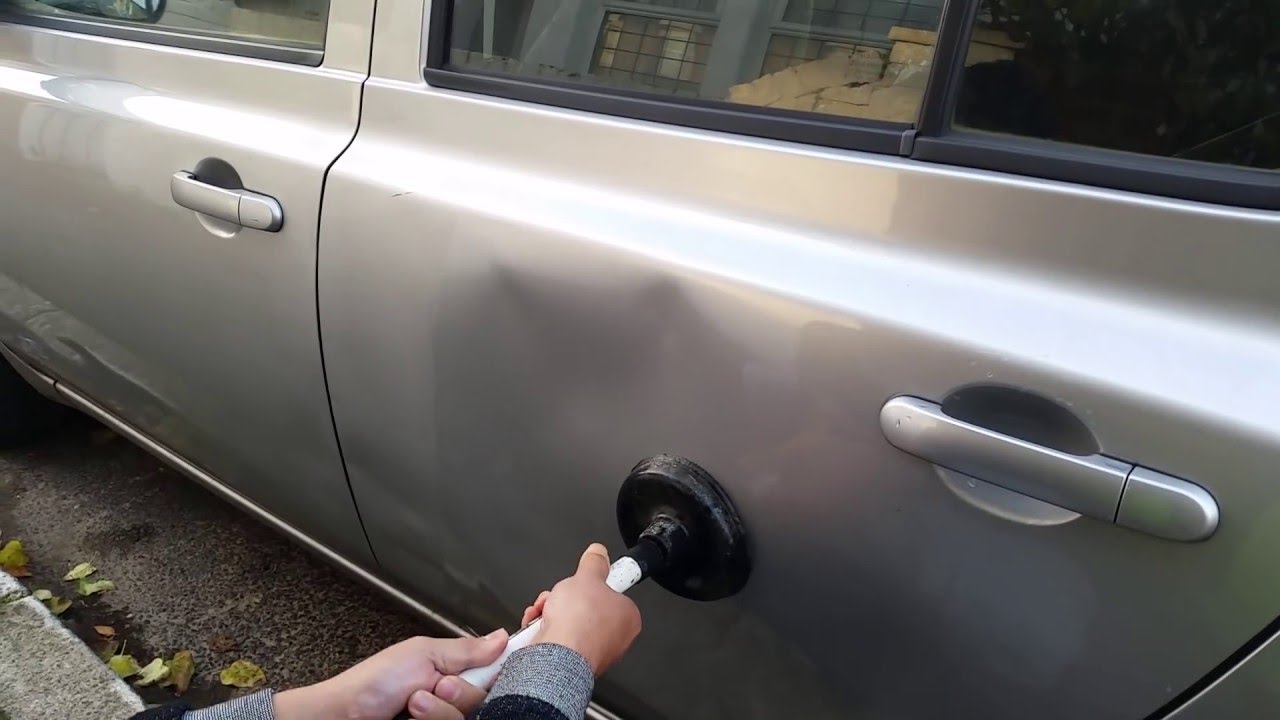
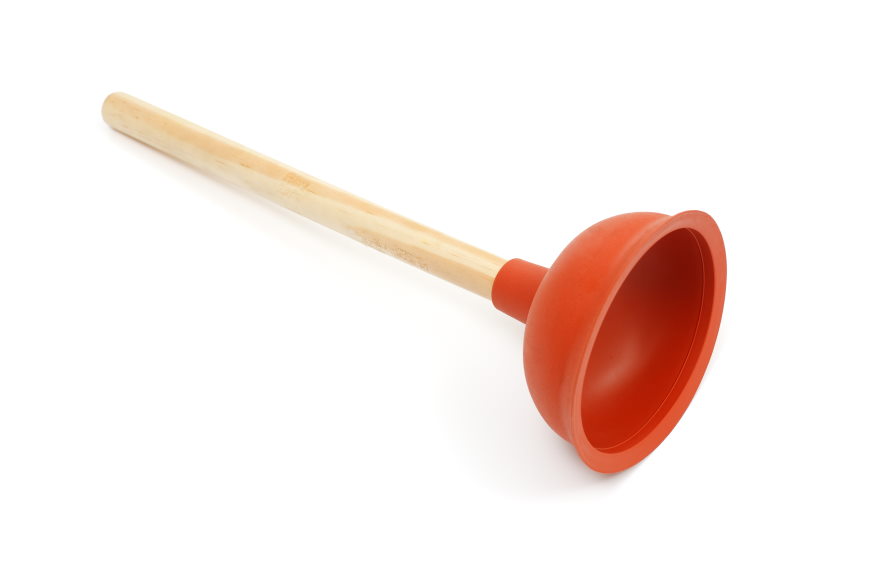

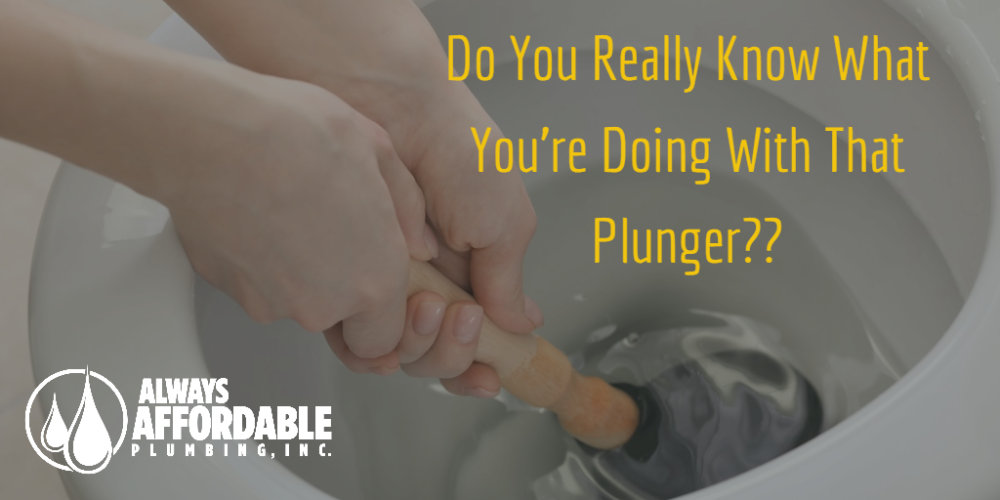







.jpg?time=1689761045394)
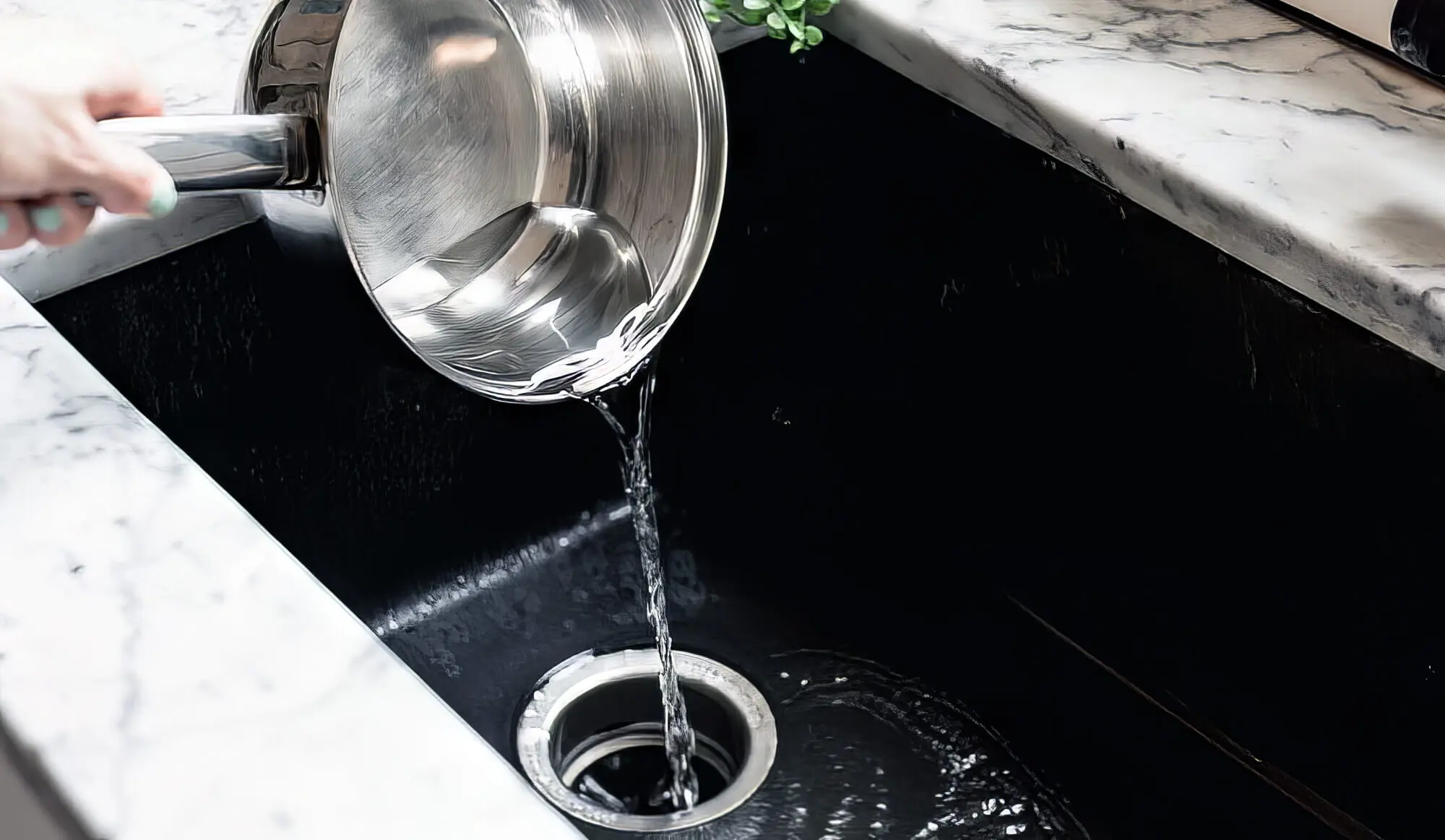


:max_bytes(150000):strip_icc()/GettyImages-1459148353-279aed56a15749c2a7310a882dbe3571.jpg)
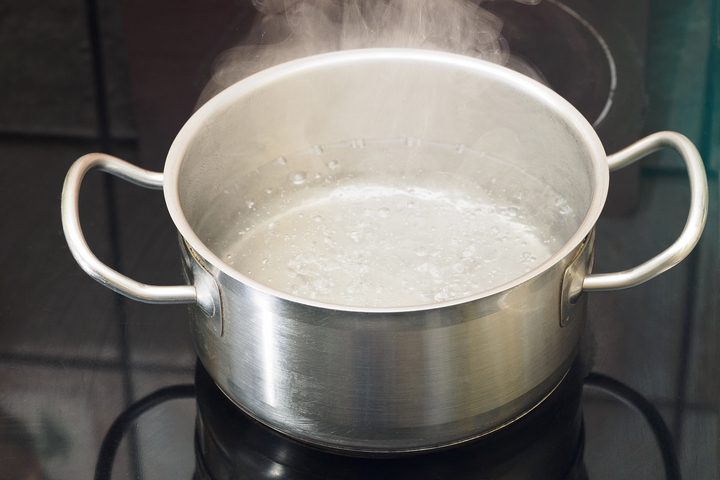

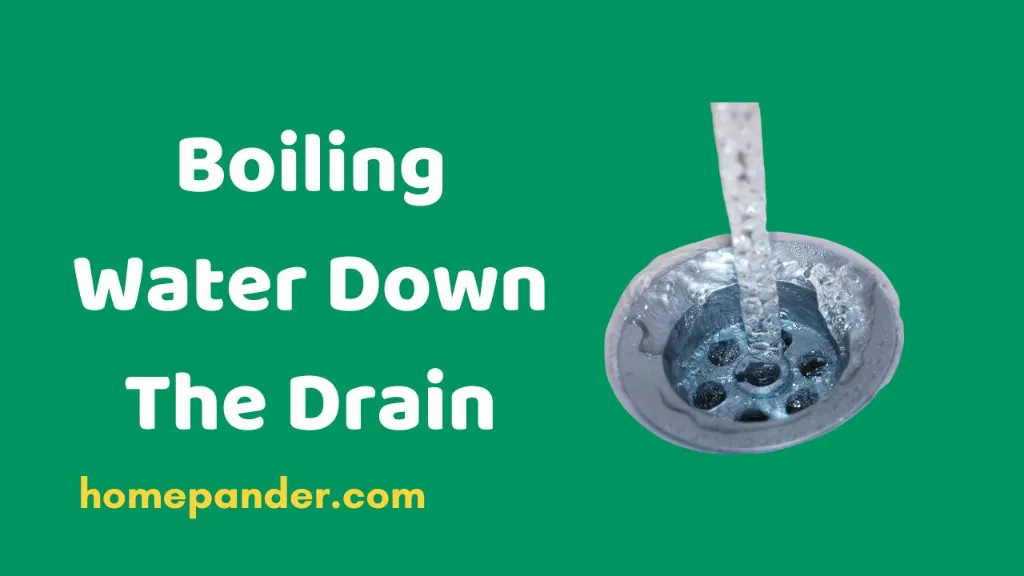
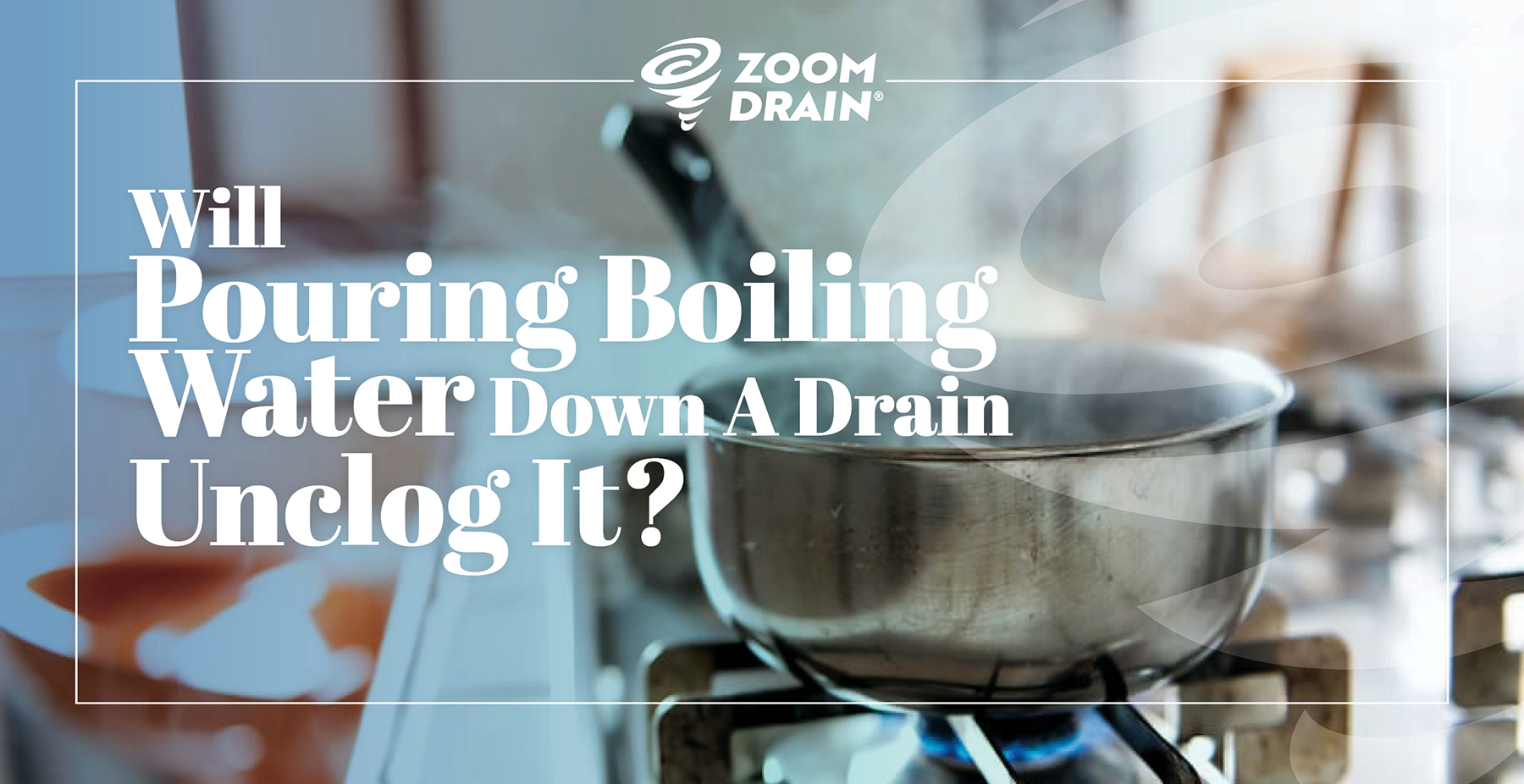




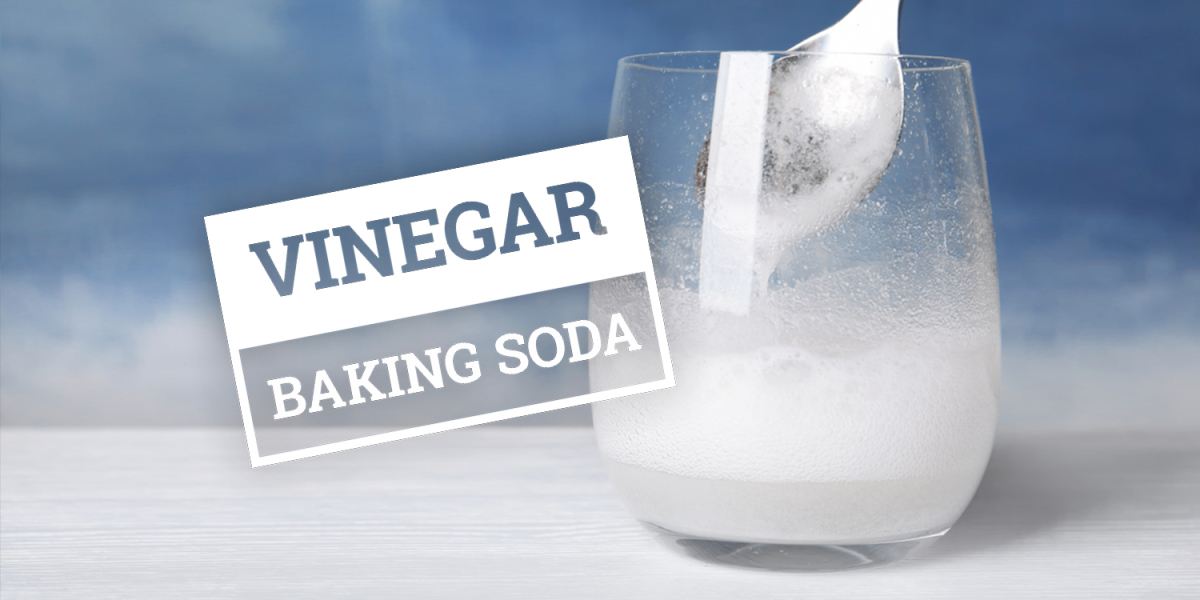

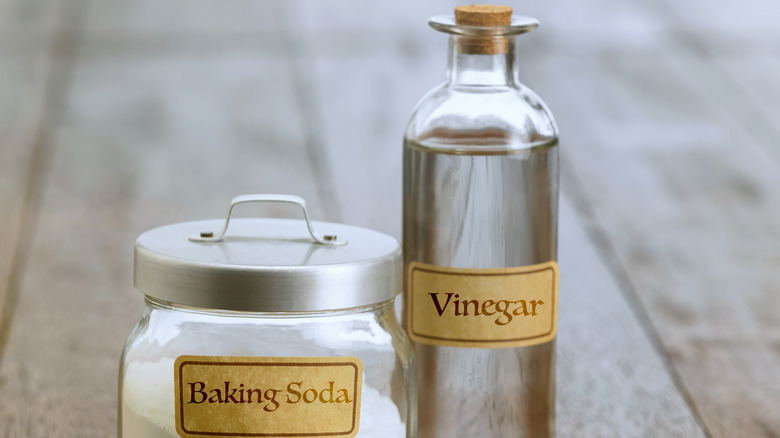



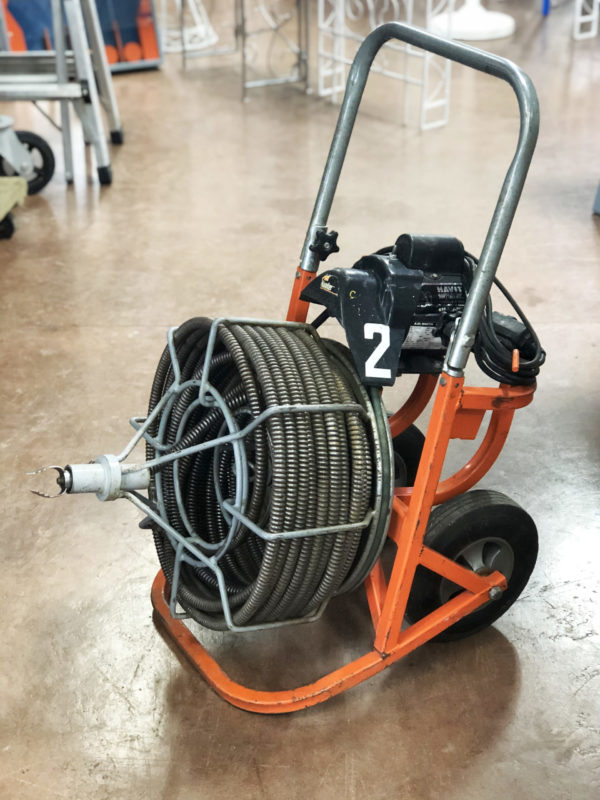


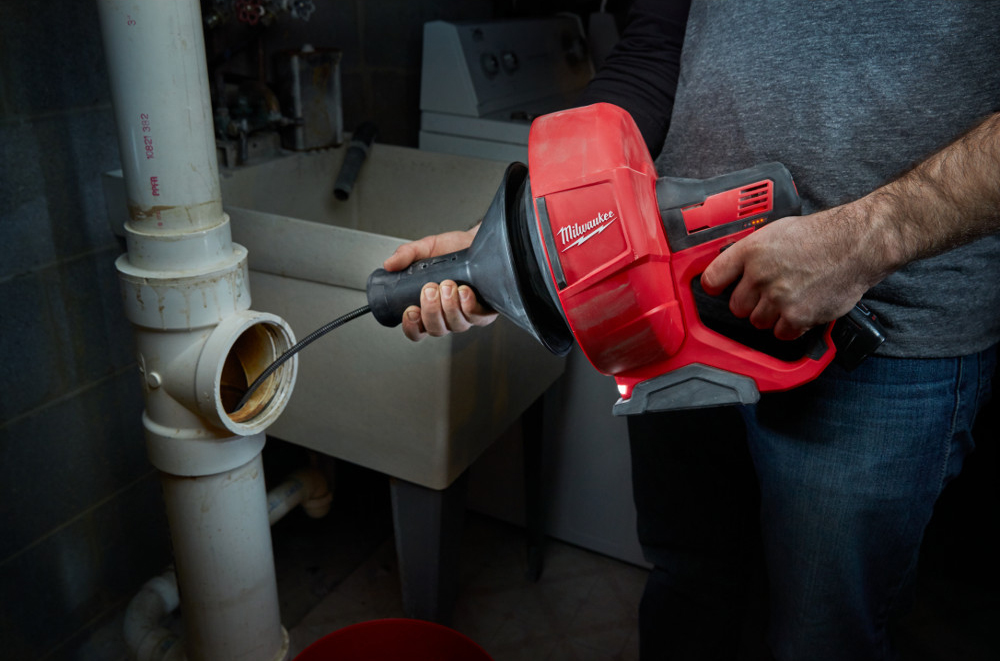

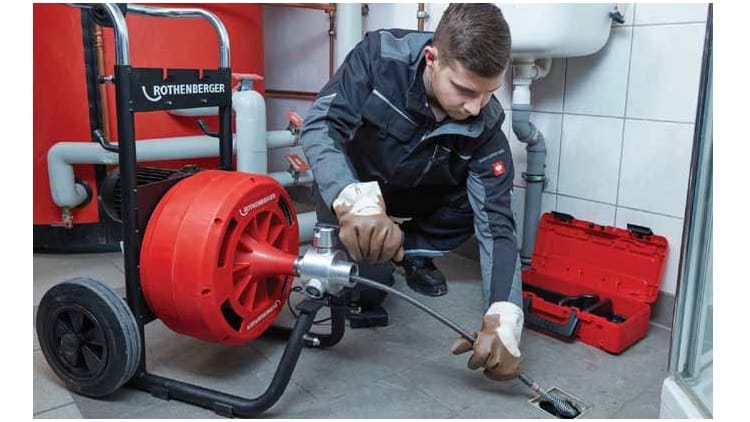





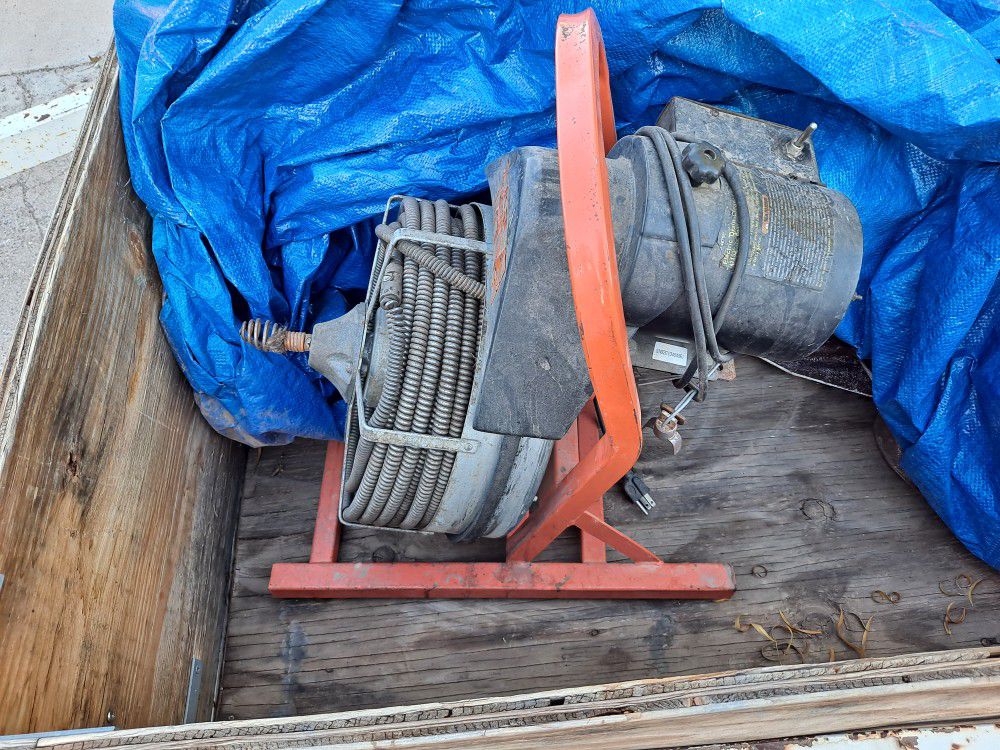







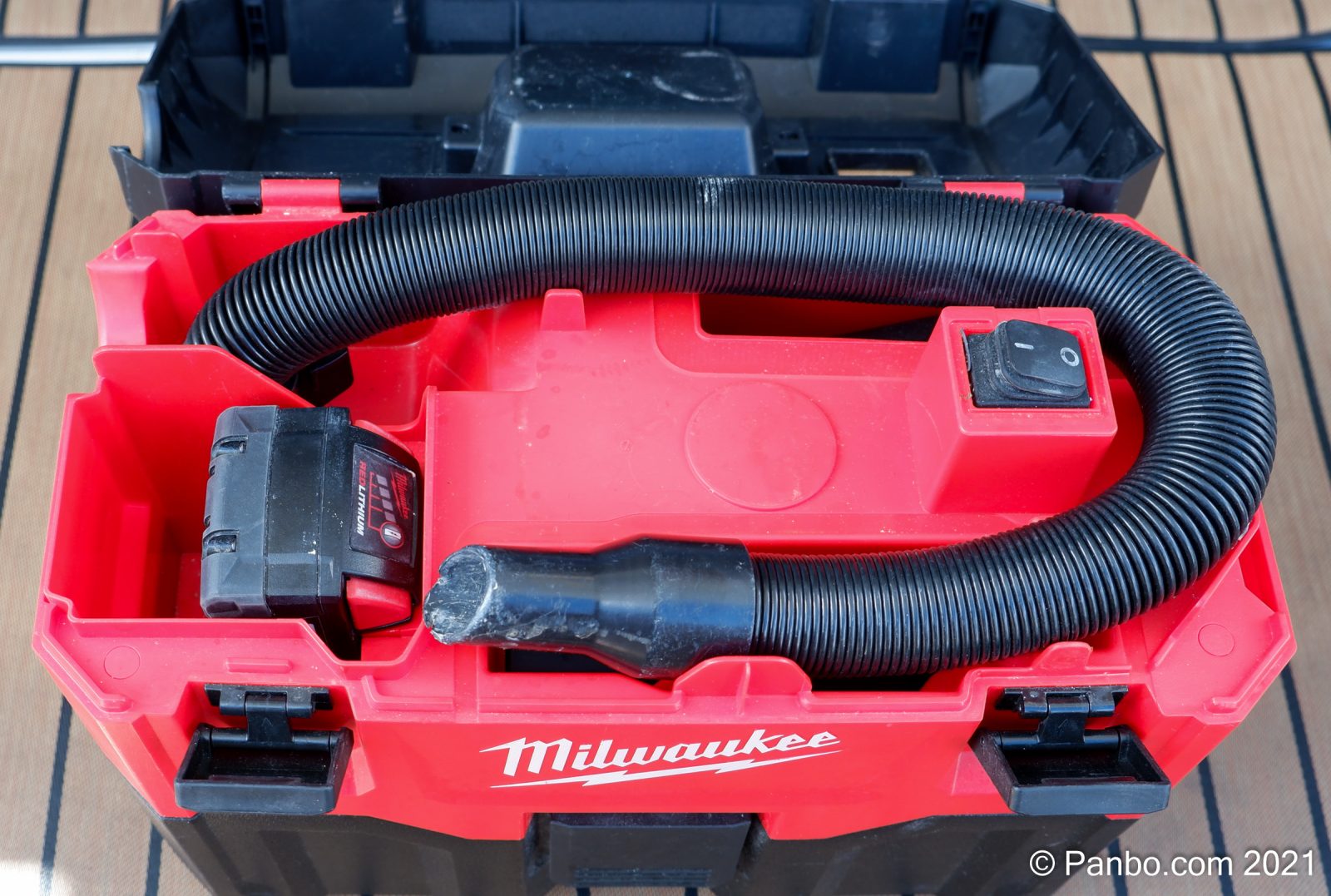
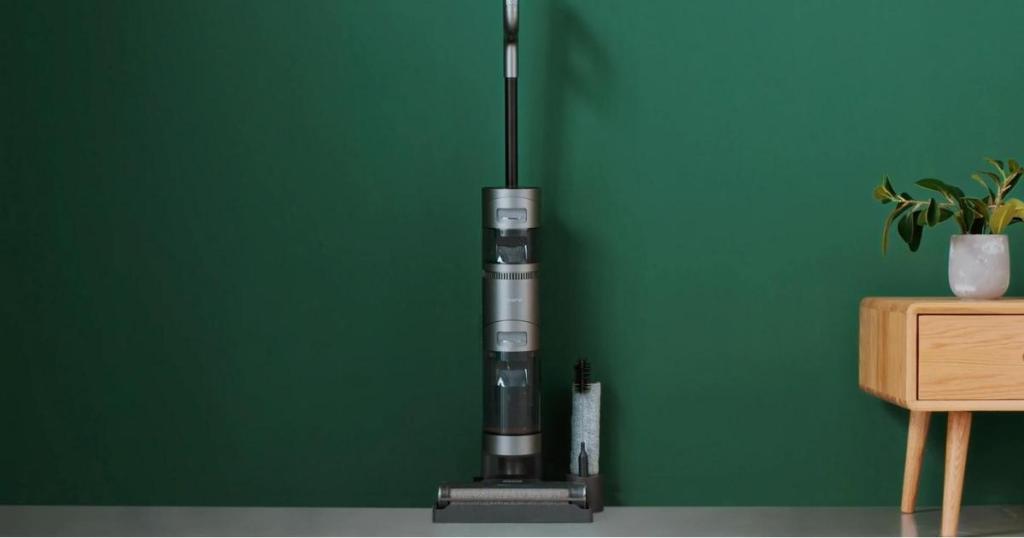
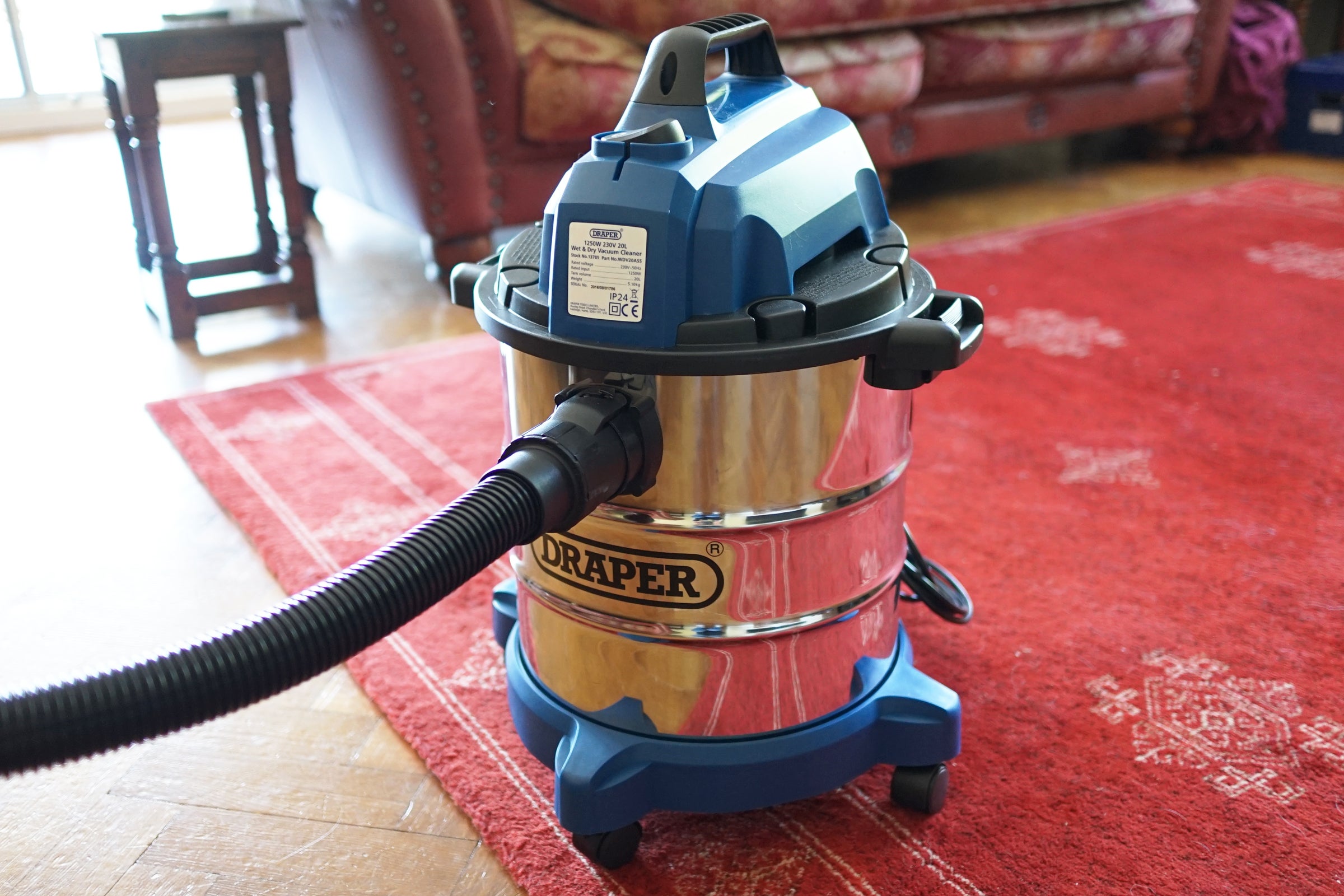



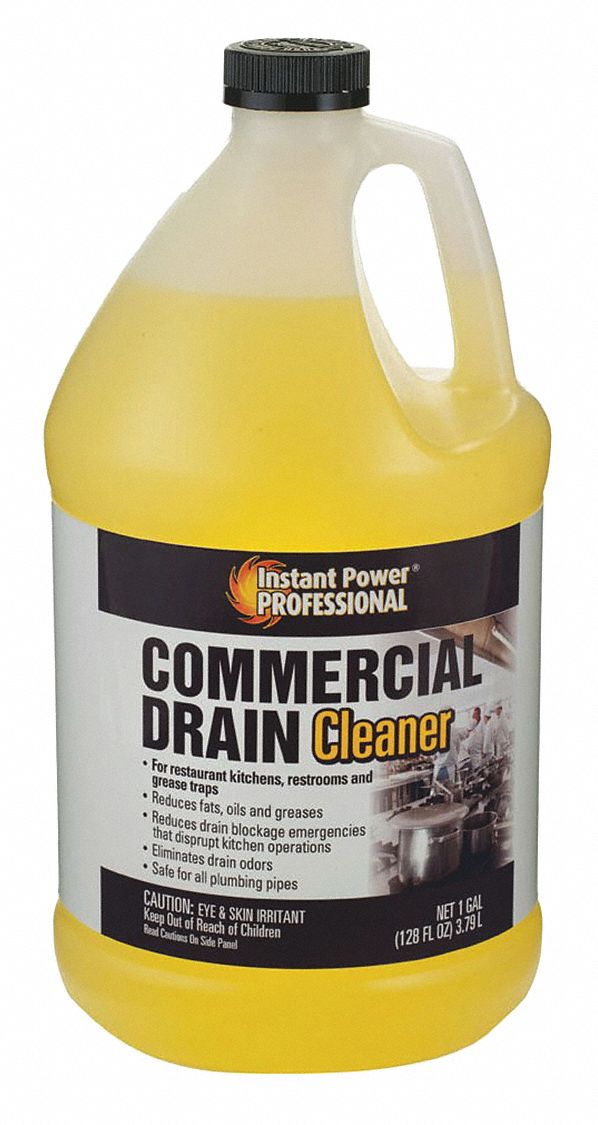






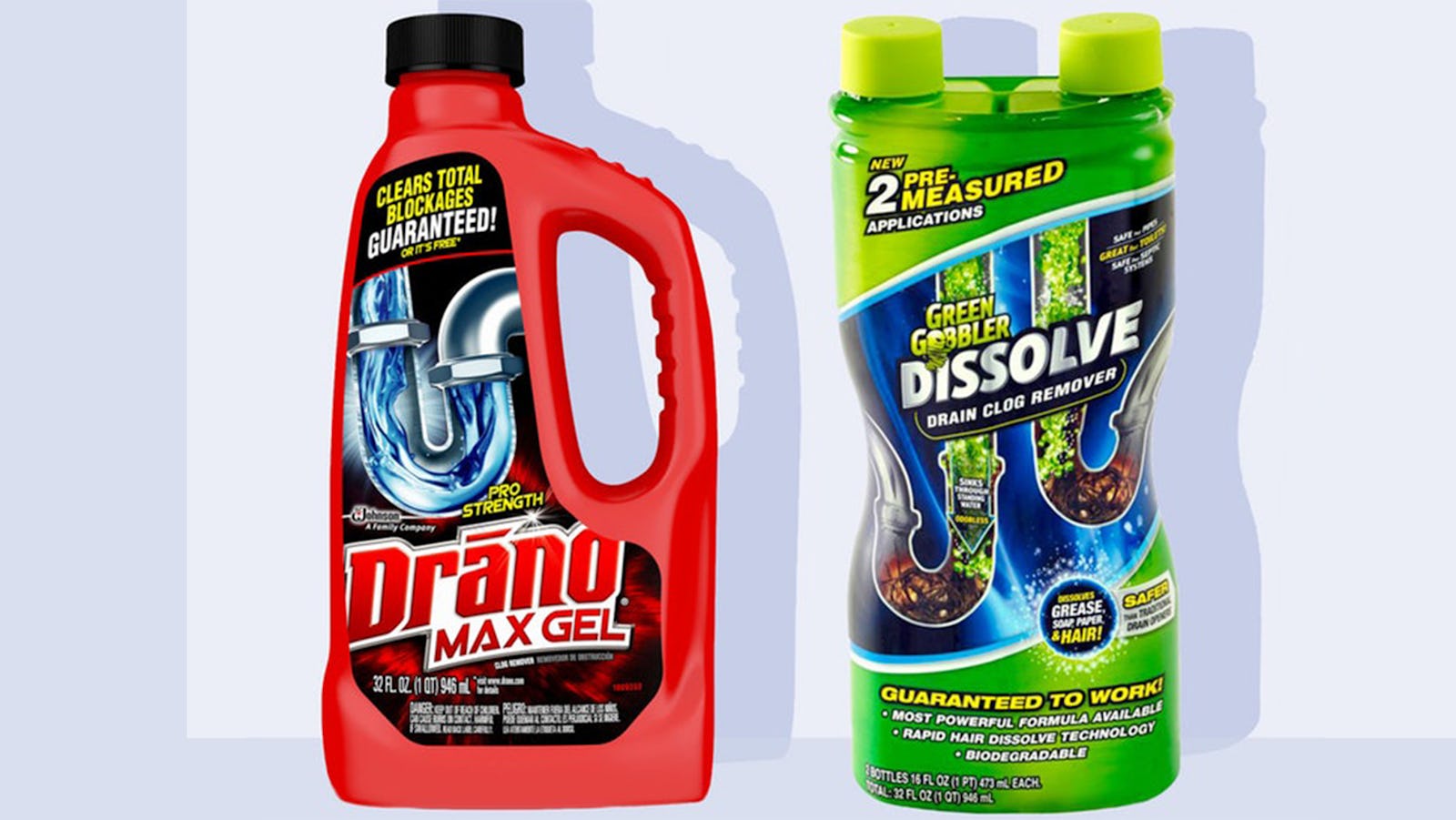
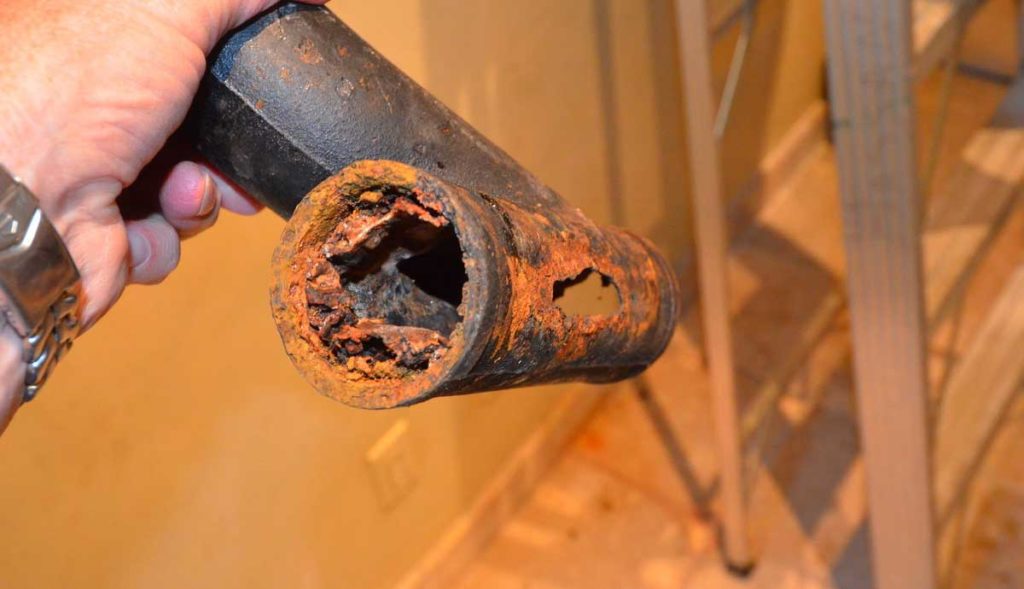







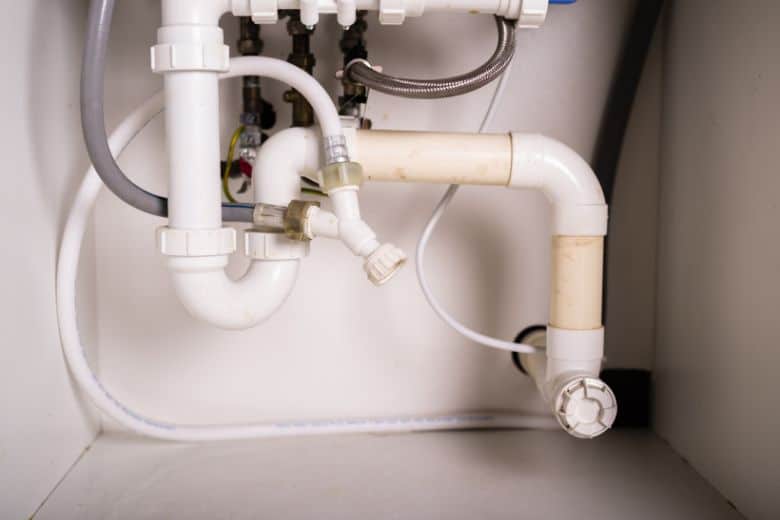
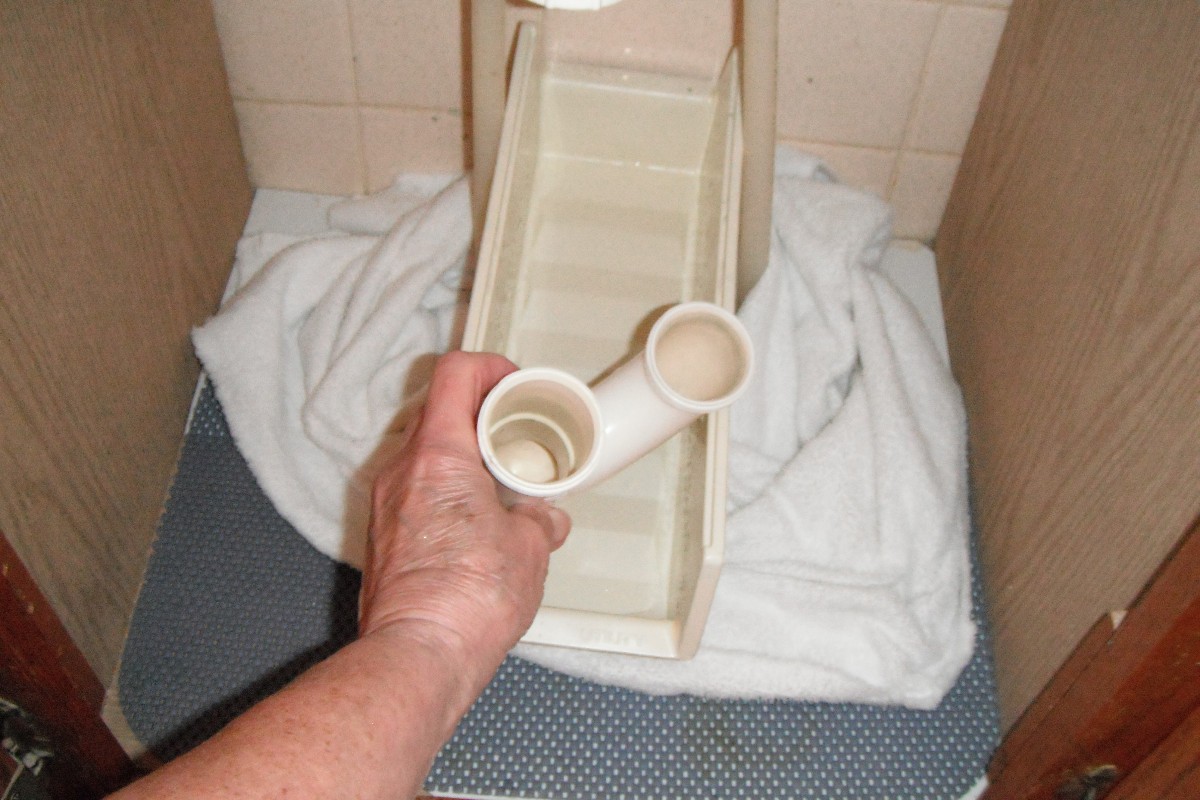
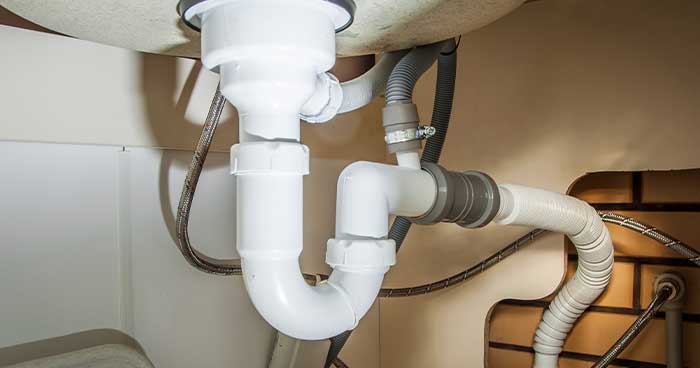
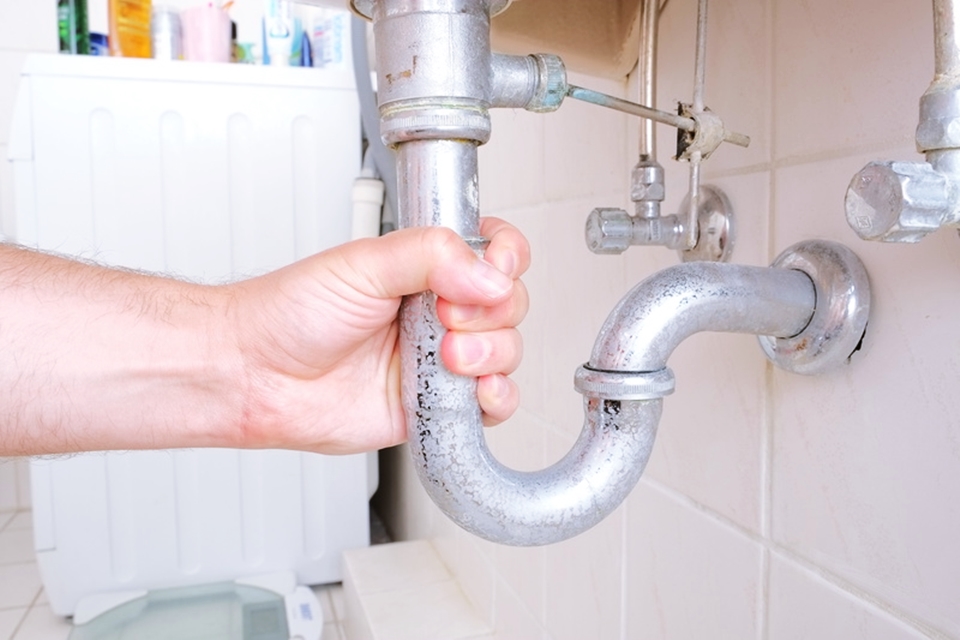

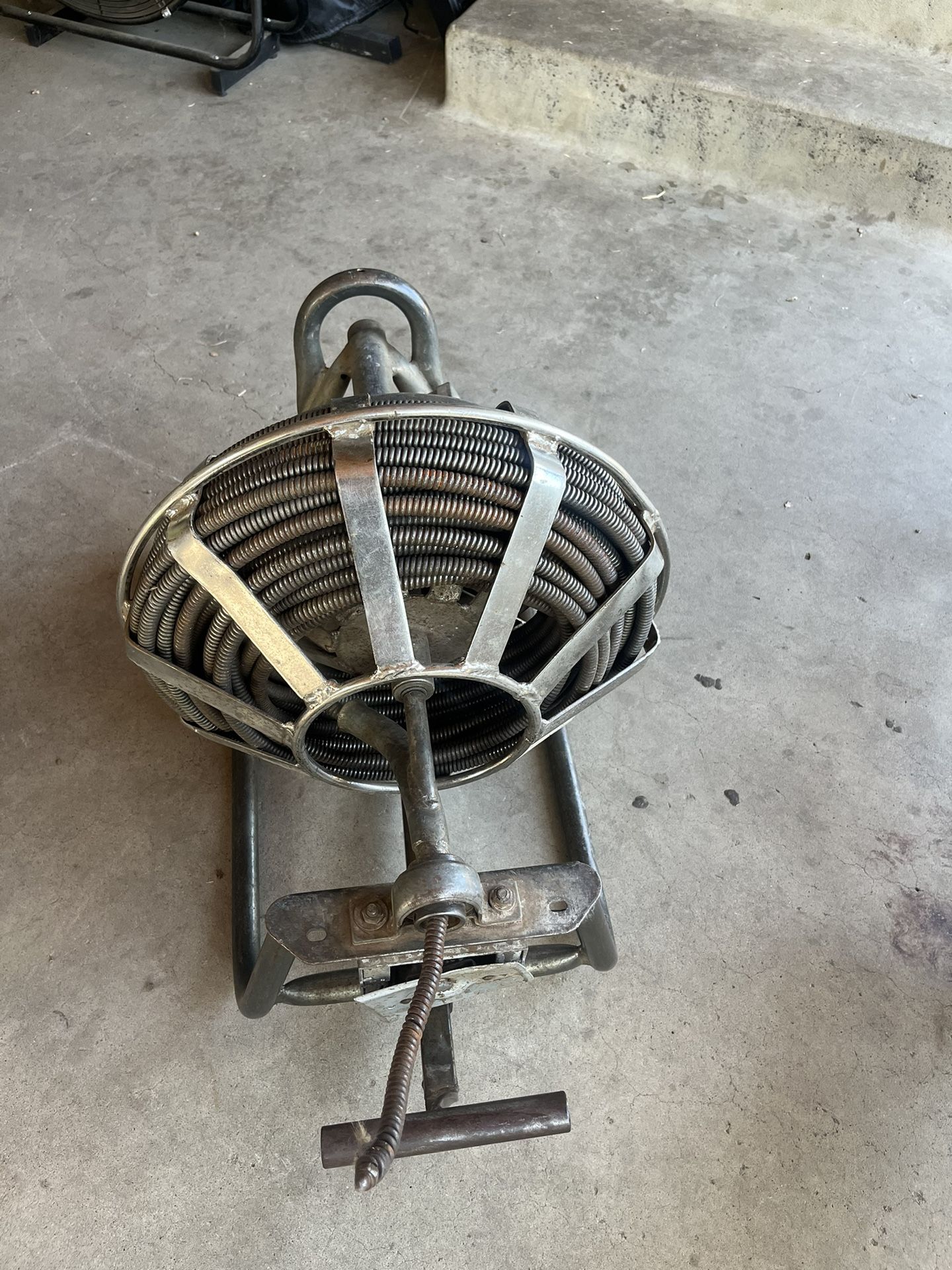




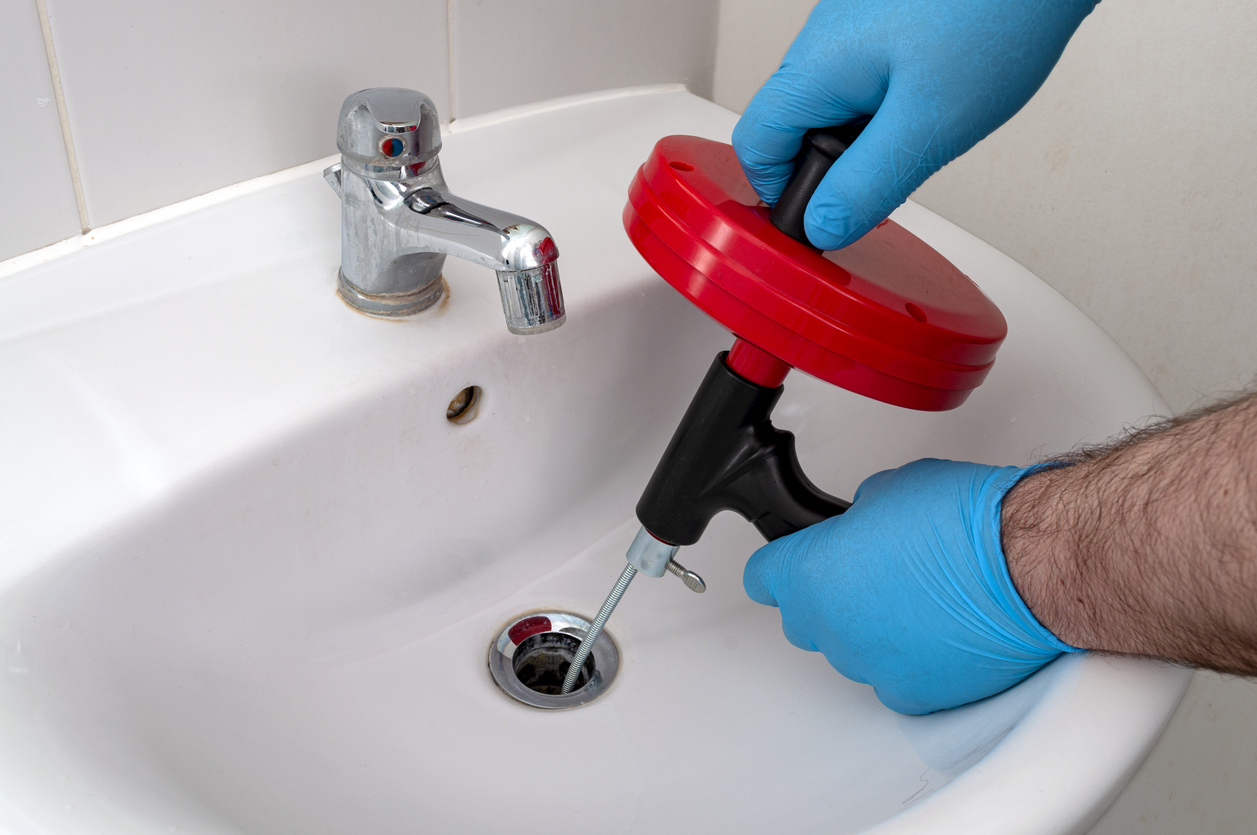



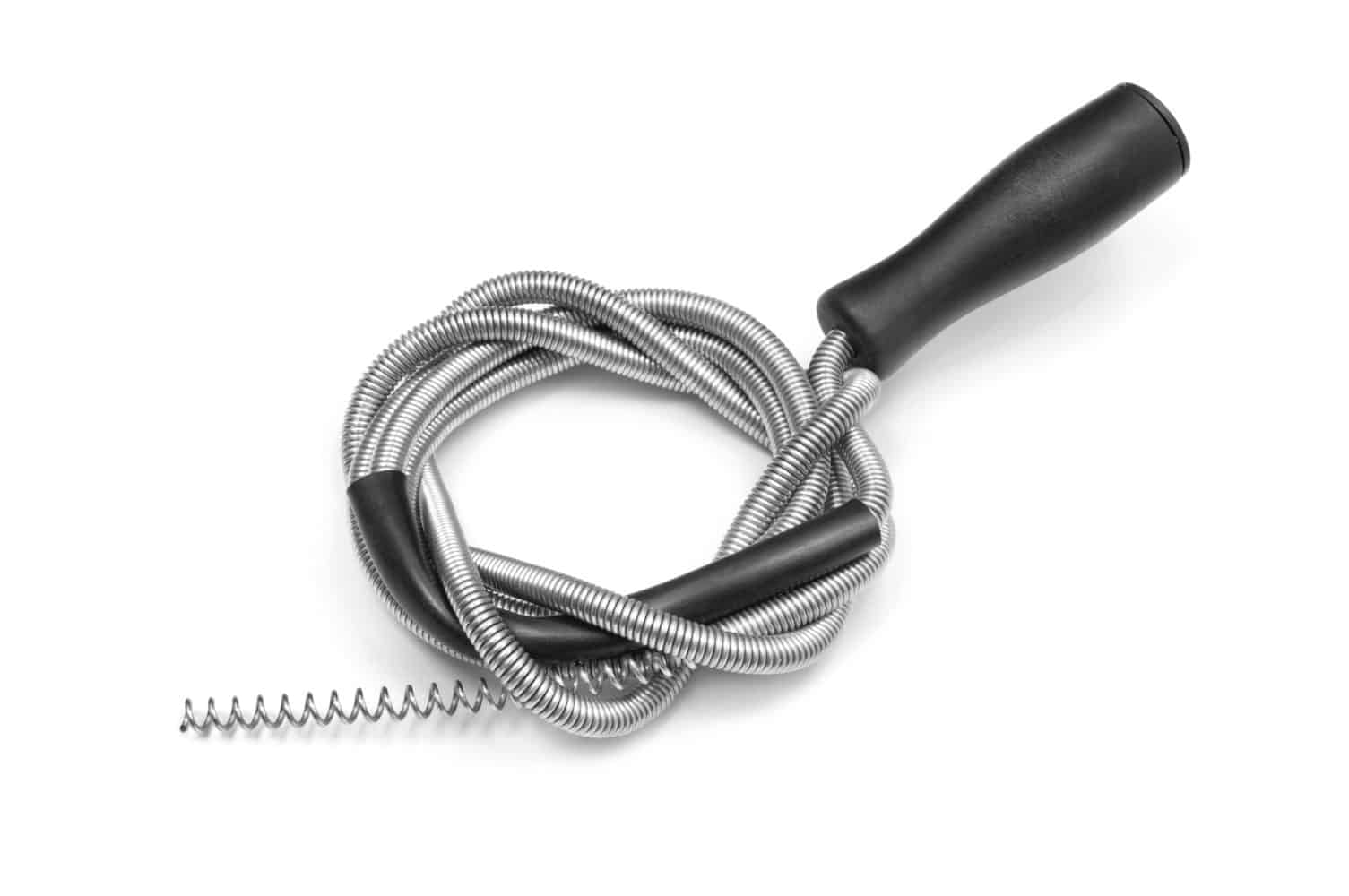




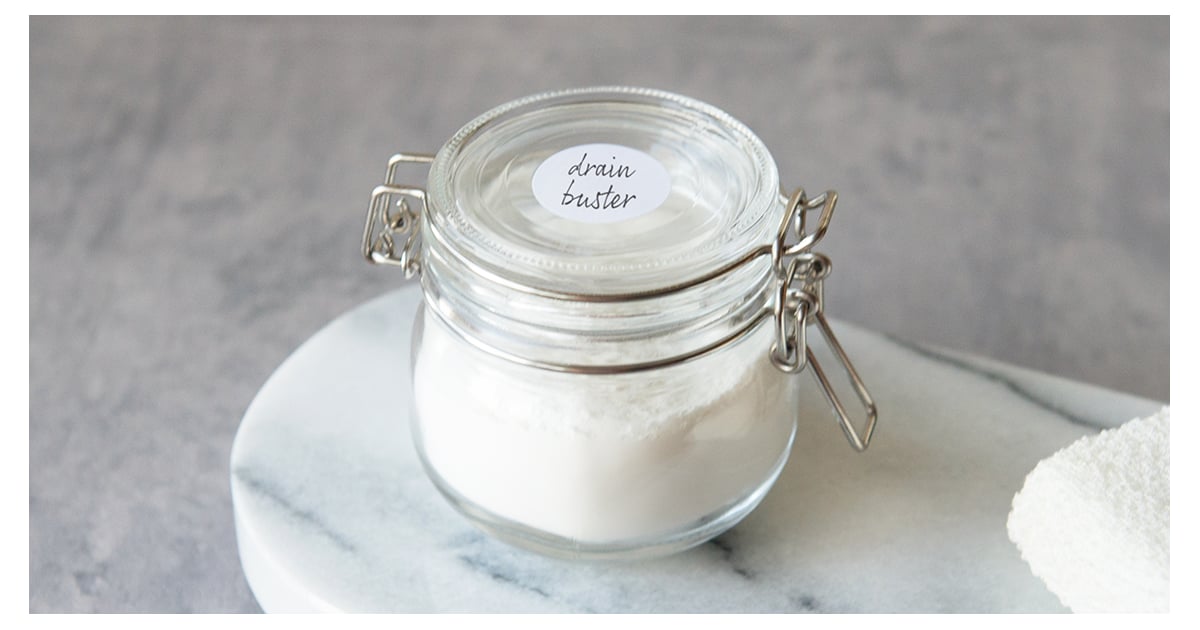
:max_bytes(150000):strip_icc()/homemade-drain-cleaner-2718784-10-d0d43469f00a45f6890b0a959d28cc8e.jpg)
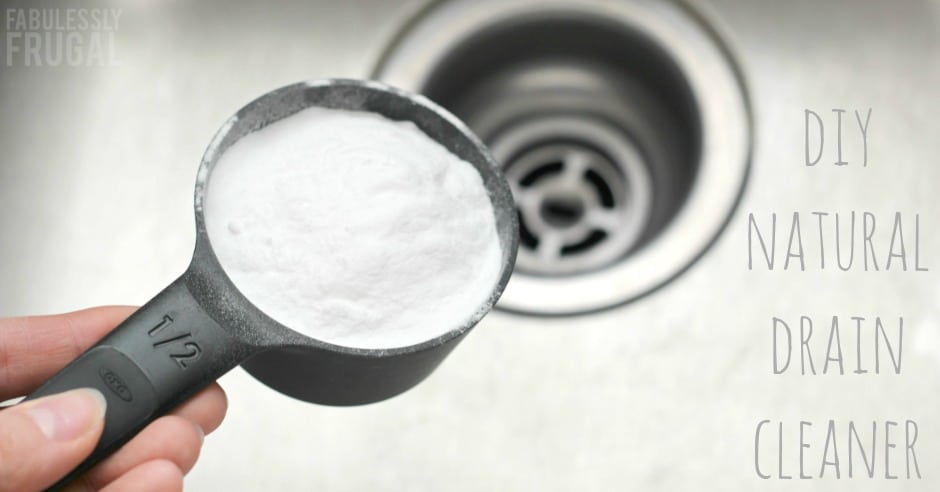

/98292130-56a12f705f9b58b7d0bcdef7.jpg)
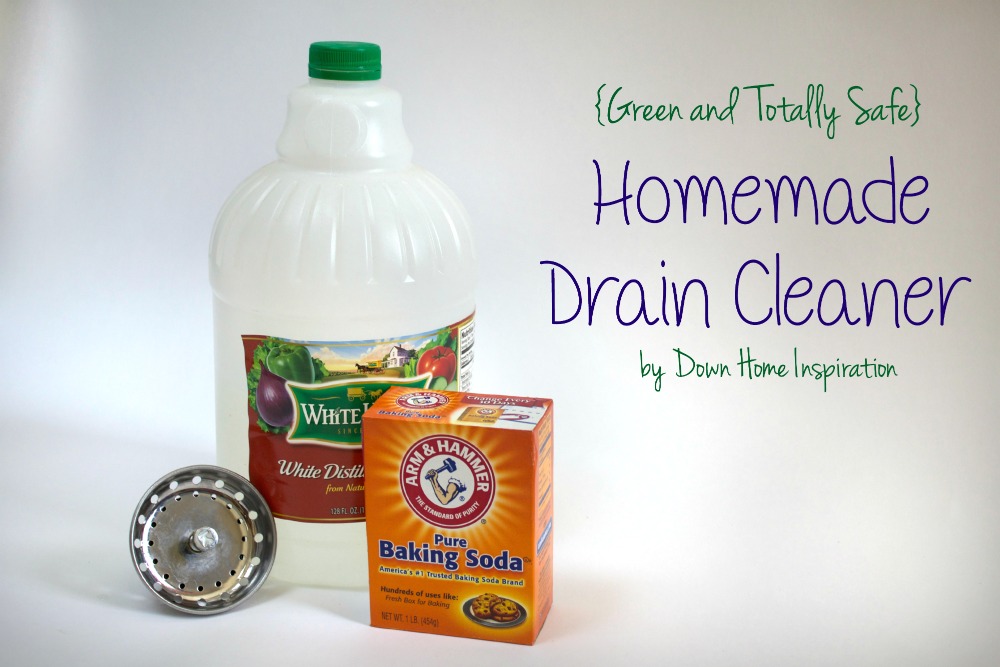

:max_bytes(150000):strip_icc()/homemade-drain-cleaner-2718784_01_1041-09a5264ba2a34698816e62a385f0895f.jpg)


